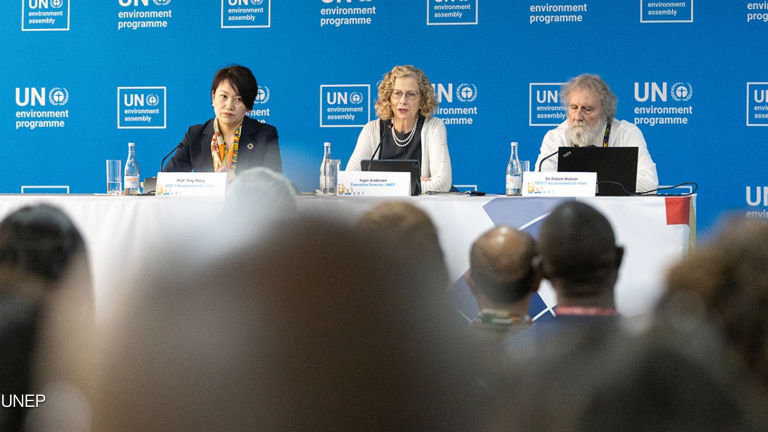This September, in Derna, Libya, a wall of water taller than the palm trees ripped through the city at more than 120 kilometers per hour. More than 4,000 people died and a further 8,000 are still missing. Many survivors are crammed into crumbling buildings, facing winter without basic necessities after everything they owned was washed out to sea. In the first few weeks following the disaster, aid was relatively abundant, but now other crises have taken center stage, and there is a sense that the world has moved on.
The Libya floods are just one example of the widespread destruction that is already being wrought around the world by climate change. Loss and damage from climate disasters are causing untold harm to human lives, and for those who survive, there can be a shocking lack of funding for recovery.
The forthcoming loss and damage fund, agreed upon by world leaders at the United Nations Climate Change Conference, or COP 27, in 2022, is meant to plug the gap, aiming to provide financial assistance to vulnerable nations that suffer the negative effects of climate change. But after years of debate, we are yet again approaching another COP with no clear plan as to where the money will come from, while in Derna, families say that help needs to be provided “direct to the people without any middle parties.”








